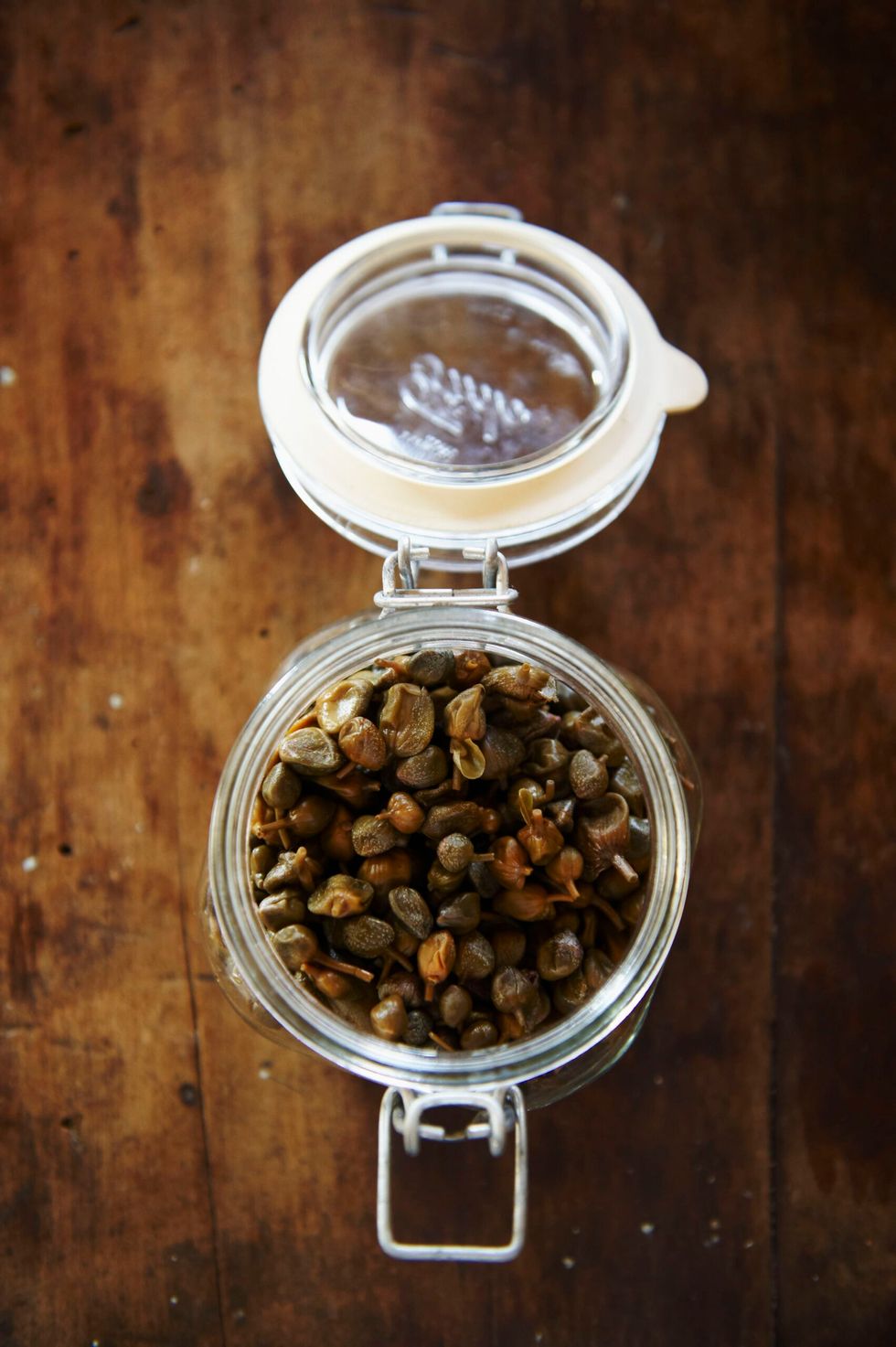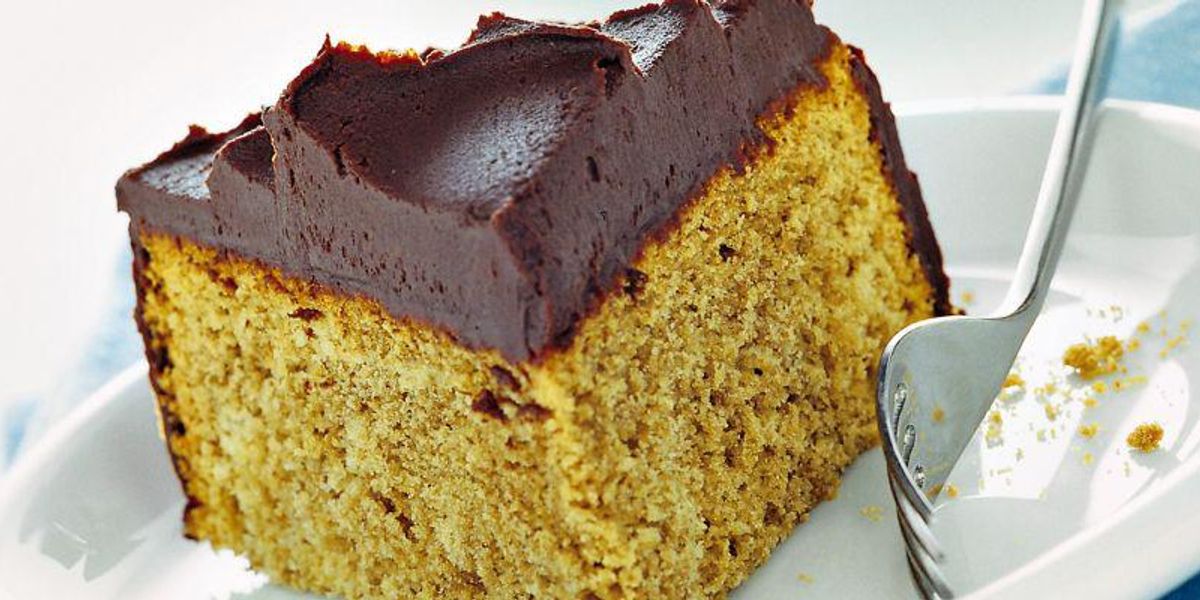Caper

The caper is a plant belonging to the Capparidaceae family: its botanical name is «Capparis spinosa» . Typical of mild climates, of burnt and calcareous soils, it grows on walls and rocky walls: in fact, a handful of earth inside a ravine is enough to make its seeds germinate and transform them into very tall seedlings. It has oval leaves and large pinkish flowers.
Capers are available all year round, preserved in salt or vinegar, but it is in this period that those of the new crop are found. Capers , in fact, are the unopened buds of a shrub that, in our South, blooms from May. The flowering period coincides with that of the harvest which is done by hand about every 10 days. The capers are then left to mature with sea salt (40% of their weight) for about twenty days, an essential phase to make them lose the bitter taste they have when fresh.
Then they are selected by size (the smallest are the most valuable) and packaged. The shelf life is 3 years from the harvest but, if well preserved, away from heat sources, they last even longer. In the kitchen it is preferable to use salted capers ; experts suggest rinsing them in a solution of water and salt, avoiding the direct jet of water which, together with the preservation salt, would also remove the aroma. In Italy, the caper plant is grown mainly on the Sicilian islands, including Lipari and Pantelleria, whose production has obtained the IGP mark.
Capers from Morocco are also very popular on the market, among the major European producers, less valuable but cheaper. The best product is the small one; the thicker caper is less tasty. It is advisable to cook them a little, otherwise they lose their aroma.






